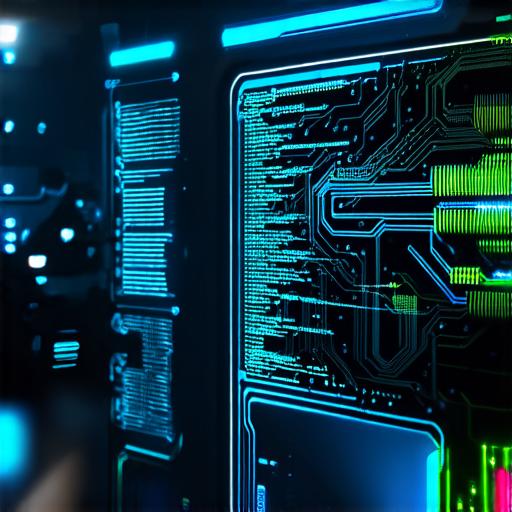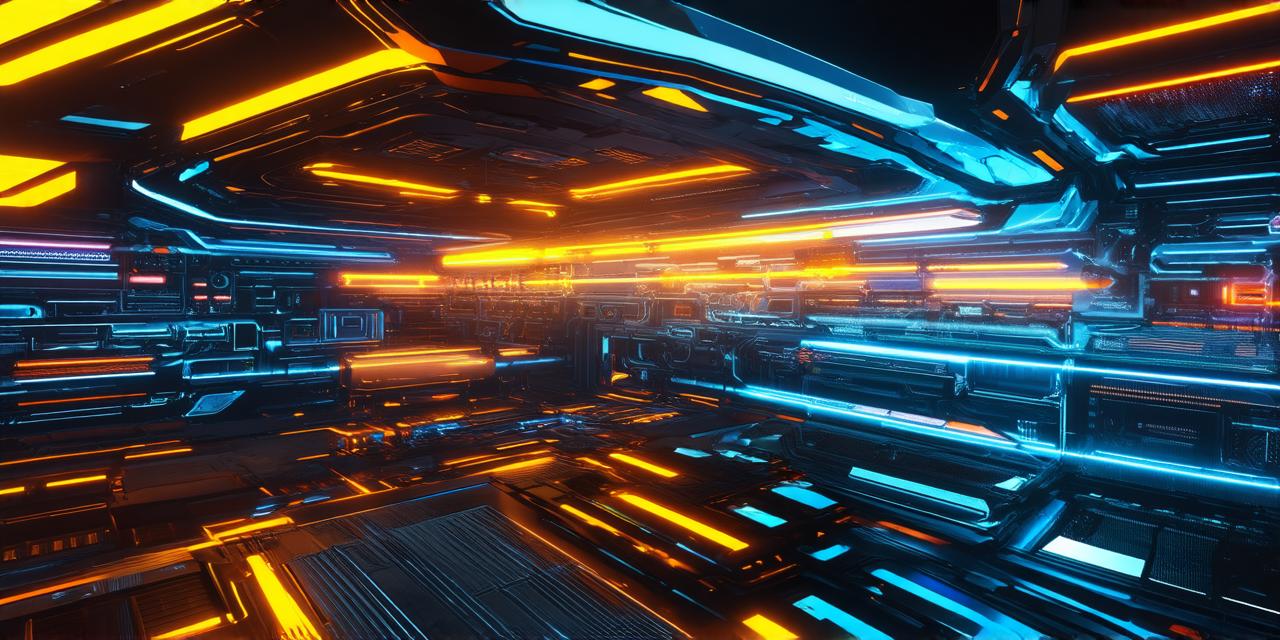NFT Games: A Comprehensive Guide for Developers
Are you an NFT game developer looking to create a successful game that appeals to players? Look no further! In this comprehensive guide, we’ll explore the key elements involved in developing an NFT game. We’ll also share real-life examples of successful NFT games and provide actionable advice on how to get started with your own NFT game development journey.
What are NFT Games?
NFTs, or non-fungible tokens, have revolutionized the gaming industry by allowing developers to create unique digital assets that can be bought, sold, and traded on a blockchain. NFT games take this concept further by incorporating these unique digital assets into the gameplay experience.
In an NFT game, players use their own collection of NFTs to play and progress through levels. These NFTs can represent anything from in-game items to characters that have unique abilities or powers. By using NFTs, developers can create a more engaging and personalized gaming experience for their players.
Key Elements of an NFT Game
To develop a successful NFT game, there are several key elements you need to consider:
- Gameplay Mechanics
- NFT Collection
- Blockchain Technology
- Marketing and Promotion

1. Gameplay Mechanics
The gameplay mechanics are the foundation of any NFT game. You’ll need to create a compelling and engaging game that players will want to play over and over again. This includes designing levels, creating challenges, and developing unique abilities or powers for your characters.
When it comes to gameplay mechanics, it’s important to strike a balance between difficulty and fun. The game should be challenging enough to keep players engaged but not so difficult that they become frustrated and stop playing. It’s also important to consider the pacing of the game, ensuring that players are constantly challenged and rewarded for their efforts.
2. NFT Collection
The NFT collection is the heart of any NFT game. You’ll need to create a wide variety of unique and valuable NFTs that players will want to collect and use in the game. These NFTs can represent anything from rare items to powerful characters with unique abilities.
To make your NFT collection valuable, you’ll need to design each NFT with care and attention to detail. This includes creating unique visual designs, assigning valuable attributes and powers, and setting fair prices for each NFT. It’s also important to consider the rarity and scarcity of each NFT, as these factors can greatly influence its value in the market.
3. Blockchain Technology
NFT games rely on blockchain technology to create and manage the unique digital assets that make up the game. You’ll need to choose a blockchain platform that is capable of handling the volume of transactions required by an NFT game, as well as providing the necessary security features to protect your players’ investments.
Some popular blockchain platforms for NFT games include Ethereum, Binance Smart Chain, and Flow. Each platform has its own strengths and weaknesses, so it’s important to do your research and choose the one that best suits your needs. You may also need to develop custom smart contracts to manage the game’s assets and transactions on the blockchain.
4. Marketing and Promotion
Marketing and promotion are critical to the success of any NFT game. You’ll need to create a buzz around your game by leveraging social media, influencer marketing, and other promotional tactics to drive interest and attract players. This includes creating a strong brand identity, building a community of loyal fans, and offering incentives for players to join and engage with the game.
It’s also important to have a solid launch plan in place, including a pre-launch campaign, a clear roadmap for the game’s development, and a detailed plan for how you will engage with your players after the game is live.
